The Anatomy of a Shoe: Everything You Need to Know About Different Shoe Parts
softluxx2025-04-30T14:19:19+08:00Many different types of shoes are available today, but they all share features like uppers, soles, insoles, heels, toes, and heels. We put together this guide to help you better understand how these parts work together.
In this guide, we’ll take a closer look at the many different types of shoe parts that make up a shoe and discuss the most important factors to consider when choosing a pair of shoes.
Shoe Last
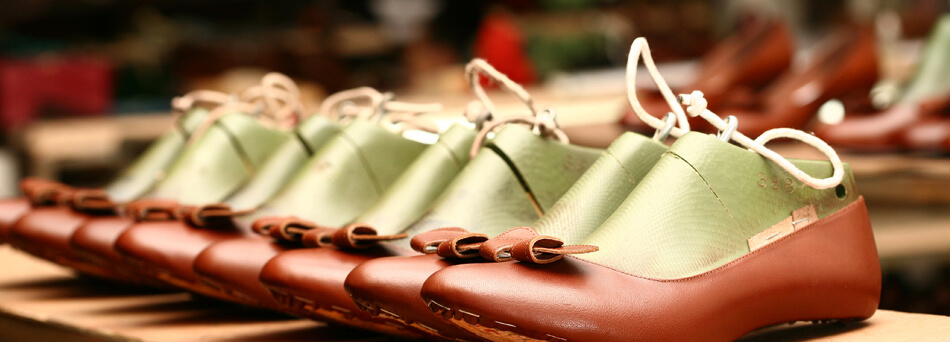
If you’ve ever worn shoes that made you feel uncomfortable, then you know that the shoe’s shape is essential for comfort.
When you’re shoe shopping, think “last.” This is the most crucial part of a shoe. All good shoes begin with a good last; a three-dimensional mold is used to create all types of shoes, especially high heels. The term “footprint” comes from the Old English word “laest,” which means footprint.
Every shoe considers many factors, including foot shape, heel height, instep, and design. A different shoe must be created to develop shoes that vary in height, shape, and structure.
There’s more to building a high-quality pair of shoes than you may think. A shoe last is a critical piece of the puzzle in making quality footwear
Upper
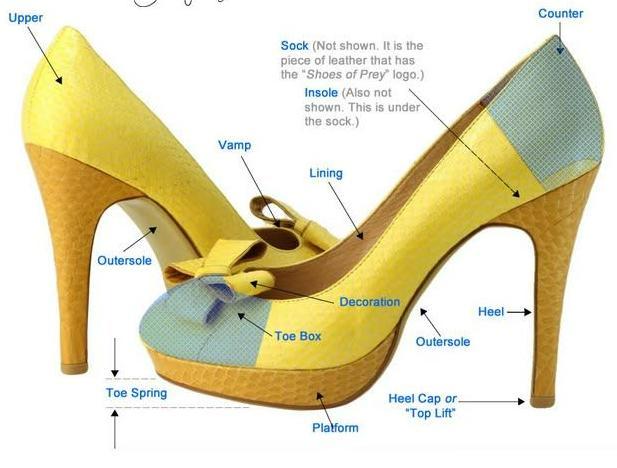
The UPPER is the highest part of the shoe. It protects the foot. The UPPER can be constructed from leather, nylon, polyurethane, polyester, or other materials.
The UPPER can be covered with foam padding or other soft materials, providing extra cushioning. The UPPER may be attached to the sole with stitching or glue. It may also be reinforced with other materials such as carbon fiber, Kevlar, or steel.
Girth
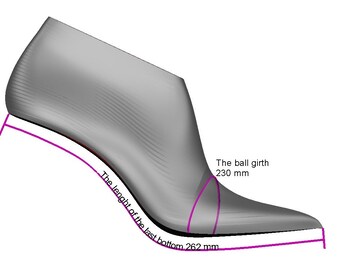
The shoe girth refers to the amount of space between the end of the toe and the end of the shoe. It varies depending on how wide the shoe is made and how tall the wearer is.
Girth measures the width of your shoe. The width determines the amount of support the shoe provides, so having the right fit is important. This can help you decide if a certain style suits you or if you need a wide or narrow shoe for stability.
Heel Counter
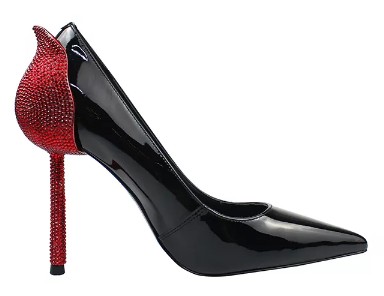
A heel counter is the rubber or plastic piece of a shoe that keeps the heel from sliding out while walking. Most heel counters have different shapes and sizes but typically feature a curved design with a raised area in the front for extra support. They’re usually made from rubber or plastic and are placed on the back of the heel, directly beneath the arch.
The heel counter is the thick part that protrudes at the back of the shoe, where it meets your foot. The heel counter differs slightly from one brand of shoe to another. Some shoes are made of leather and other materials and have a softer heel counter, while others are sturdier and tend to have a harder heel counter. Some brands habitually produce models with a softer heel counter and then sell a more expensive pair of sneakers with a harder heel counter.
Shoe heels come in all shapes and sizes. Some heels are curved; others have flat tops. Some heels have little or no counter to hold onto, while others have counters that reach the ground, and some have counters that extend beyond the shoe itself.
Toe Box Height
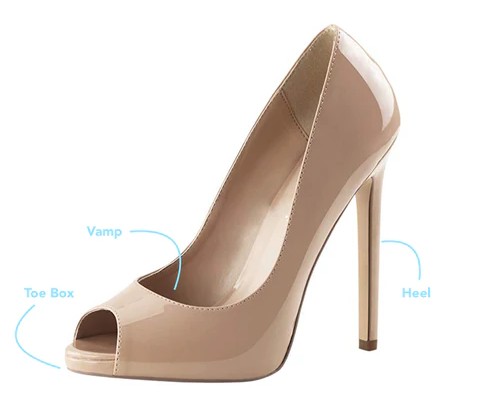
The toe box (or footbed) is the section of the shoe located between your toes and the upper part of the shoe. The toe box height is measured as the distance from the top of the shoe to the bottom of the toe box. If you’re buying shoes online, you can check the dimensions of the toe box on the shoe’s size chart. If you’re purchasing shoes in a retail store, ask for assistance in determining the toe box size.
Vamp or "Topline"
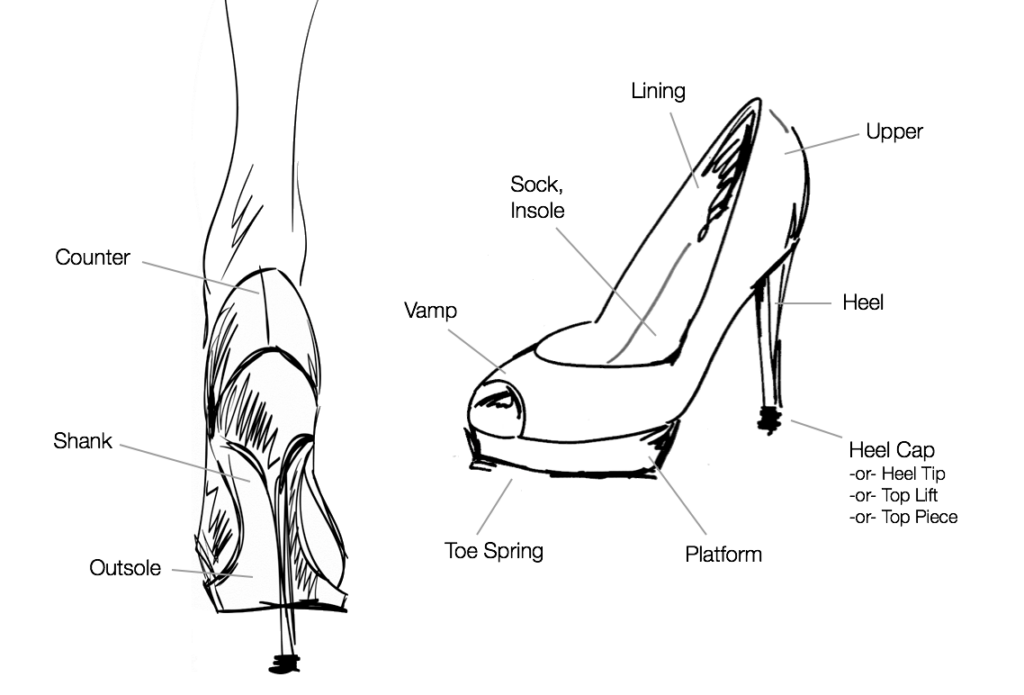
The vamp is visible when you see your foot in a shoe. This part covers the top of your foot, usually extending over your toes. The upper refers to the portion of the shoe that encloses the entire surface of the foot. It comprises the upper and midsole. Most shoes feature a vamp and an upper, which may be attached through either stitching or an overlapping method.
Heel Tip or "Top-Lift"
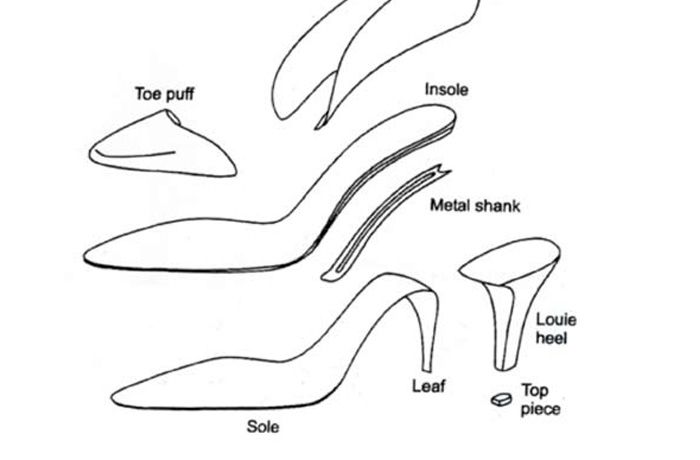
Most people probably don’t realize that there is a “top lift” on all pumps, known as the heel tip. This section runs along the front of the heel. If your heels are rubbing while you walk, you can alleviate this by adjusting the top lift.
There are many reasons to include heel tips on pumps: to protect the pump, to assist with alignment and comfort, and to enhance the pump’s appeal, making it easier for the consumer to wear. However, there is one reason you should always incorporate heel tips on your pumps: they facilitate removal. If they are difficult to take off, there’s a good chance they won’t be put back on again.
Insole board
Shoes’ insoles are one of the most underrated aspects of shoe design. They are often overlooked, but they do an amazing job supporting the foot. Not only do they help absorb shock while running, but they also prevent blisters by creating the perfect cushion.
The insole is the inner layer of the shoe that provides support and cushioning. It consists of various parts, each designed for specific functions. The top layer, or foam, provides impact protection. Below this, there is a shock-absorbing gel pad.
Both are important because they absorb shock and provide stability. Next comes a fabric that is woven together to form the upper. Following this is the sole, which holds everything together and provides traction. The toe box is what makes a shoe. It is the part that is closest to the user’s feet, protecting the toes from sharp objects that could harm the skin.
Sockliner, or Insert
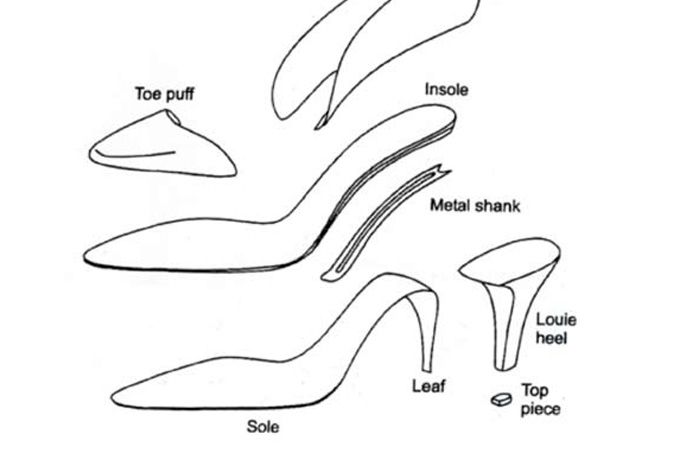


Leave a Reply
You must be logged in to post a comment.